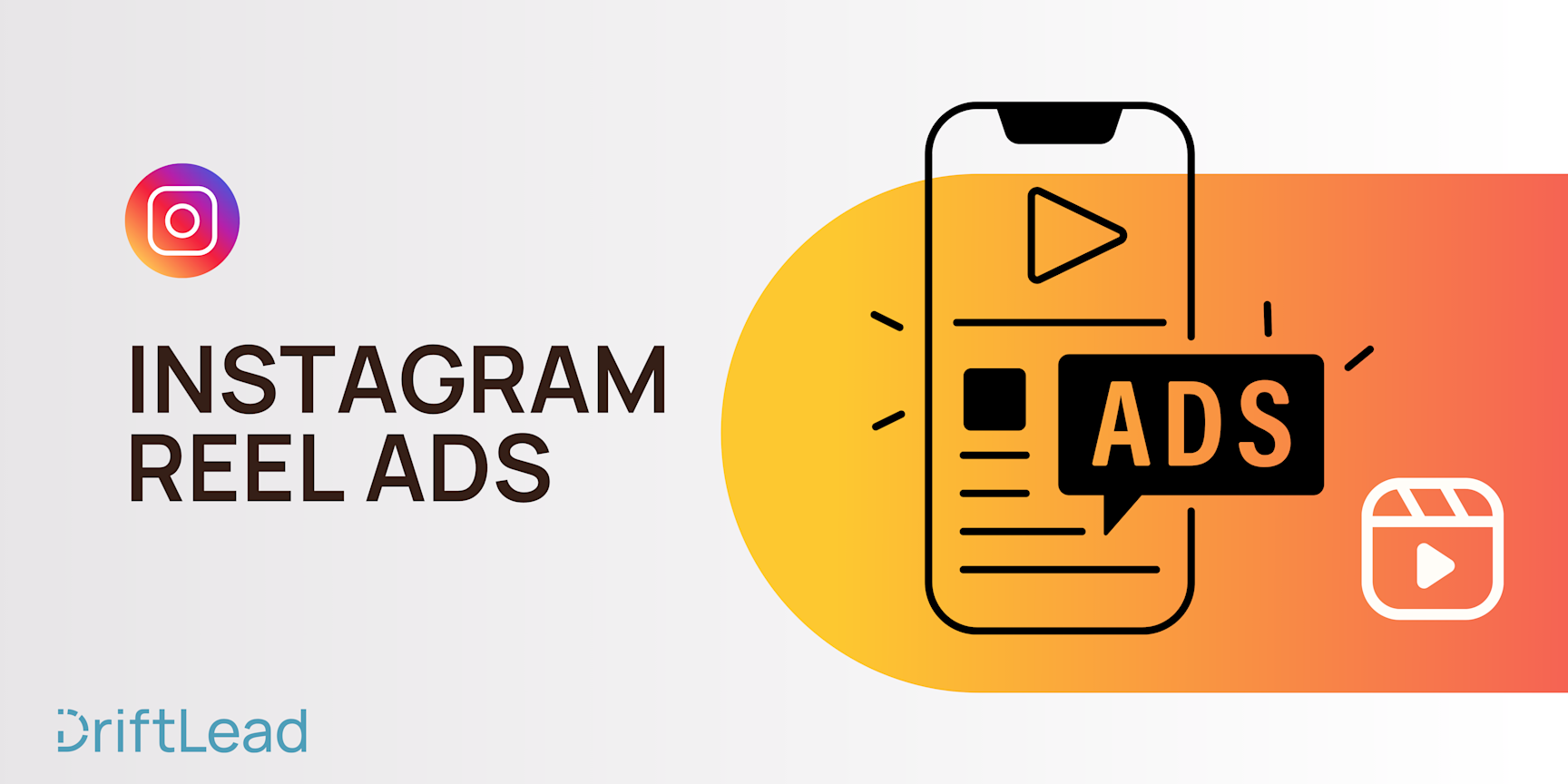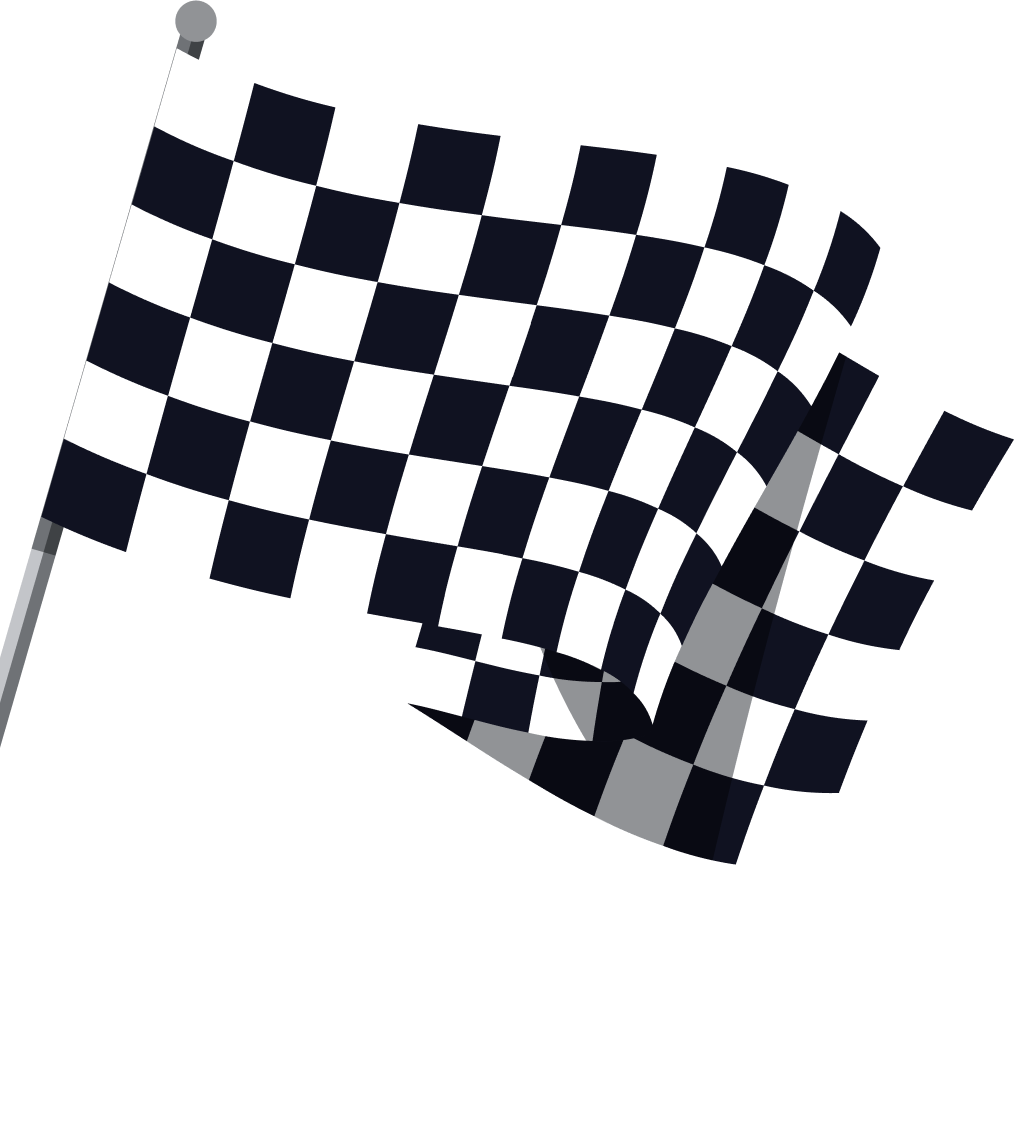Getting the Most Out of Responsive Ads in Google Ads
07 Jun, 2023
Unlock the power of Responsive Search Ads (RSAs) in Google Ads with this comprehensive guide from DriftLead. Learn about RSA anatomy, pros and cons, creation, testing, optimization, and advanced strategies for enhanced performance.

Jump to:
Hop on our weekly newsletter train! We're sharing tips so stellar, we're practically job-threatening ourselves!
In the constantly evolving landscape of digital marketing, adaptability and versatility are key to maintaining a competitive edge. This concept is epitomized in one of Google Ads' more recent features: responsive search ads (RSAs). When RSAs were first introduced in 2018, they received considerable backlash from the PPC community. However, they gradually improved over time and when the O.G. expanded text ads were eventually phased out, marketers had no choice but to adopt RSAs into their campaigns.
While we can all agree that responsive search ads have come a long way, they still have their quirks and can present some challenges to marketers. With that said, it's not all bad! When used effectively, RSAs do allow you to reach your audience in a more personalized and effective way.
In this article, we'll be breaking down the anatomy of RSAs, discussing the pros and cons, and providing actionable insights on creating, testing, and optimizing them for optimal performance. We'll also dive into some advanced strategies, like leveraging Google's machine learning and using pinning for better creative control, engagement, and conversion rates.
The Anatomy of Responsive Ads
When it comes to responsive search ads (RSAs), understanding their core components is crucial to creating effective ad copy and enhancing performance. An RSA is composed of several key parts that combine to create a dynamic, versatile advertisement. These include:
Headlines:
RSAs can have up to 15 unique headlines. These headlines are the first thing that potential customers see, and they play a vital role in capturing their attention. Google's machine learning algorithms will rotate these headlines and learn which combinations perform best for your target audience.
Descriptions:
Besides headlines, you can also include up to four unique descriptions in your RSA. These descriptions provide additional information about your product, service, or offer and help convince potential customers to take action. Like headlines, Google will mix and match these descriptions to optimize your ad's performance.
Final URL:
The final URL is the webpage where you want to direct users who click on your ad. This is typically a landing page designed specifically for the product, service, or offer highlighted in the RSA. It's important that your final URL aligns with the content of your ad to ensure a seamless user experience.
Display Path:
The display path appears in the ad as the URL and can include up to two paths with 15 characters each. While it doesn't need to match the exact URL of the landing page, it should be relevant to your product or service to provide users with an idea of where they'll be directed upon clicking the ad.
By understanding these elements and how they work together, you can start creating RSAs that are tailored to your target audience and objectives. As with any ad creative, the key to RSA success lies in the diversity and relevance of your headlines and descriptions. So be creative, clear, and make sure to highlight what sets your business apart.
The Pros and Cons of RSAs
Responsive Search Ads (RSAs) are a versatile tool in the digital marketer's arsenal, but they come with their own set of advantages and drawbacks. As with any tool, understanding these can help you make the most of RSAs for your campaigns.
Pros of RSAs.
Scalability: RSAs can create a large number of ad combinations from your supplied headlines and descriptions. This means you can run varied ads without manually creating each version.
Versatility: Because RSAs dynamically adjust their combinations, they can match a wider range of search queries. This makes them an excellent tool for reaching a diverse audience with different interests and intents.
Machine Learning Optimization: Google's algorithms learn which ad combinations perform best over time and prioritize those, taking some of the guesswork out of optimization.
Increased Ad Space: RSAs can show up to three headlines and two descriptions, making them larger than traditional search ads. This can potentially increase visibility and impact.
Cons of RSAs
Less Control: While machine learning optimizes RSAs, this means you have less control over which headline or description will show at a particular time. This could be a concern if you want to test a specific ad copy.
Overwhelming Data: Because RSAs create numerous combinations, the resulting data can be complex to analyze. This may make it more difficult to draw clear insights about which elements perform best.
Time-Consuming Setup: Crafting a well-performing RSA requires thoughtful input of multiple headlines and descriptions. This can make the setup process more time-consuming than traditional search ads
Pinning Limitations: Pinning allows you to ensure specific headlines or descriptions always show in your ad. However, excessive pinning can limit the number of combinations your RSA can generate, reducing its effectiveness.
Creating High-Performance Responsive Ads
Creating an effective Responsive Search Ad (RSA) demands a blend of creativity, strategic thinking, and an understanding of your audience's needs and interests. The following are some strategies that can help enhance the performance of your RSAs:
Variety and Relevance: Make sure to provide a wide array of headlines and descriptions that are not only different from one another but also highly relevant to your product or service. This will ensure that Google’s algorithms have a diverse pool to test and learn from.
Include Target Keywords: Incorporate targeted keywords in your headlines and descriptions. This not only helps match your ads with relevant search queries but also improves ad relevance and Quality Score.
Highlight Unique Selling Points: What sets your product or service apart from the competition? Make sure to highlight these unique selling points in your headlines and descriptions. This could be anything from free shipping, a limited-time offer, or a special feature of your product.
Call-to-Action: Include a clear call-to-action (CTA) that tells users exactly what you want them to do. Whether it’s “Buy Now,” “Sign Up,” or “Learn More,” a strong CTA can significantly improve your click-through and conversion rates.
Use of Pinning (More on this below): Pinning allows you to control where specific headlines or descriptions appear in your ad. This can be useful for ensuring that key messages or disclaimers are always shown. However, be cautious with pinning, as overuse can limit the effectiveness of RSAs by reducing the number of unique combinations.
Iteration and Testing: The true strength of RSAs lies in their ability to learn and adapt over time. Regularly review your RSA performance and make updates based on the insights gathered. Test different headlines, descriptions, and pinning strategies to see what resonates best with your audience. We will dive into this more below.
Making the Most of Machine Learning with Responsive Ads
Machine learning is at the heart of Google’s Responsive Search Ads (RSAs). It's the underlying technology that allows these ads to dynamically adjust and optimize themselves over time. But how can you leverage this capability to its fullest extent in your campaign strategy? Here are some tips:
Feed the Machine: The more data Google's algorithms have, the better they can learn and optimize your ads. Providing a wide array of diverse and high-quality headlines and descriptions gives the algorithms more to work with and increases the potential for effective combinations.
Patience is Key: Machine learning takes time. It may take a few weeks for Google's algorithms to test different combinations and learn which ones yield the best results. Be patient and give your ads some time to gather performance data before making any major changes.
Trust the Process: While it may be tempting to continually tweak your ads, it's essential to remember that machine learning relies on stability to recognize patterns and make optimizations. Constant changes can interrupt this learning process and result in less effective ads.
Use Ad Strength as a Guide: Ad strength is a metric provided by Google that estimates the quality of your ads. While the scores can sometimes seem questionable, they are usually a good indicator of whether you're supplying enough diverse and relevant content for the machine learning algorithms to work with. Aim for an ad strength of "Good" or "Excellent" to ensure your RSAs have the best chance of success.
Pinning in Responsive Ads
Pinning is a feature of Responsive Search Ads that allows you to "pin" specific headlines or descriptions to certain positions in your ad. This can be a valuable tool for maintaining consistent messaging, aiding A/B testing, and guiding user expectations.
However, pinning should be used strategically and sparingly to maintain the adaptive nature of RSAs. Overuse of pinning can limit the number of unique combinations your ad can generate, thereby diminishing the RSA’s effectiveness.
How Driftlead Uses Pinning to Make the Most of RSAs
Let's dive into a case study that showcases how you can use pinning to boost campaign performance:
Problem: When Google encourages the use of up to 10 different headlines for RSAs, it can become challenging to maintain control over the messaging shown to users each time. This also complicates the process of A/B testing different messaging strategies.
Solution: At DriftLead, we've developed a strategy that involves creating a "sticky" Headline 2. By forcing a constant headline in the dynamic ads that are shown, we retain an element of control within the ad's flexibility. For instance, we might pin the headline ‘Schedule Your Demo’ to consistently optimize for performance.
Results: Pinning a headline such as ‘Schedule Your Demo’ provides users with clear expectations before they even click on the ad. They understand upfront that we’re going to collect their information and arrange a time to talk. This clarity helps filter out users who aren't ready to engage in a call or are merely looking for information. By avoiding the cost of clicks from these users, we can improve our Cost Per Acquisition (CPA). Additionally, this pinning strategy allows us to test different Calls to Action and gain insights into potential new tests for landing pages.
Testing and Iteration for Optimal Performance
Testing and iteration lie at the heart of any successful PPC campaign, and this is particularly true for Responsive Search Ads (RSAs). This iterative process allows you to better understand what resonates with your audience and continually refine your ads for improved performance.
Here are some strategies that we at DriftLead recommend:
Leverage Google's Testing Capabilities: Google’s RSAs are inherently designed to test multiple combinations of headlines and descriptions. By providing diverse and quality input, you allow the algorithm to discover the combinations that generate the best results.
Test Consistently and Gradually: For meaningful test results, consistency is key. Make sure you're comparing like for like, testing one variable at a time and giving each test sufficient time to gather data. Small, gradual changes often lead to the most reliable results.
Monitor Performance Metrics: Keep a close eye on key performance metrics, such as click-through rate (CTR), conversion rate, and cost per conversion. These metrics provide valuable insights into your ads' performance and can guide your optimization efforts.
Leverage Google Insights: Google provides reports on which combinations of your headlines and descriptions are performing best. Study these combinations for insights and consider applying similar strategies to other campaigns.
Don’t Be Afraid to Iterate: If a headline or description isn't performing well, don't hesitate to replace it with a new one. RSAs are designed for this kind of continuous improvement but ensure the ad has adequate time to run with new iterations before making further changes.
To Wrap Up
In conclusion, Responsive Search Ads offer a dynamic and versatile tool in the hands of savvy digital marketers. Whether it's mastering the anatomy of these ads, understanding their strengths and weaknesses, or leveraging advanced strategies such as machine learning and pinning, there are numerous ways to optimize RSAs for your business's success.
At DriftLead, we're all about understanding the intricacies of Google Ads and helping businesses tap into the platform's potential. Our experience with RSAs has equipped us with the knowledge and tools to effectively harness their power, enabling us to create compelling campaigns that resonate with target audiences and deliver optimal results.
We know that mastering RSAs isn't a small task. But remember, you don't have to do it alone. DriftLead is here to help, whether it's managing your RSAs or offering expert advice on your wider digital marketing strategy.
Ready to take your advertising game to the next level? Get started today with a free DriftLead marketing plan. This detailed report will provide you with insights into your current marketing efforts and practical suggestions on how you can improve. Don't miss out on this opportunity to transform your digital marketing strategy. Get your free marketing report today!






